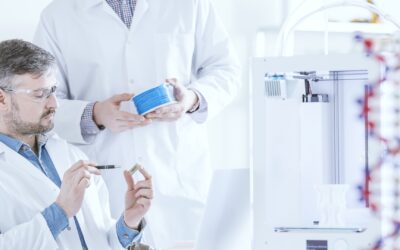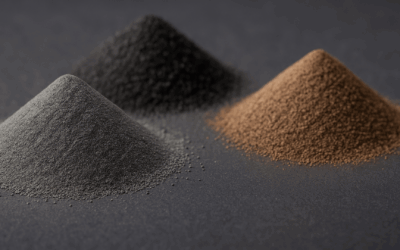3D printing has become a cornerstone of agile manufacturing — enabling custom, cost-effective, and on-demand part production. But in industries like food and beverage, the adoption of additive manufacturing has been slower compared to sectors such as aerospace, automotive, and medical device manufacturing, which embraced 3D printing early on for prototyping and increasingly for end-use parts.
Why? One major blocker: The lack of certified food safe 3D printer filament.
Manufacturers in this space operate under strict safety regulations, especially for parts that either come into contact with or are in close proximity to food and beverage. As a result, there’s a growing need for printed materials that aren’t just strong and precise — but also certified, cleanable, and capable of withstanding sanitation protocols. Fortunately, new materials are now being certified under existing food safety standards, opening new possibilities for use in food and beverage production.
This post is a guide for food and beverage manufacturers exploring 3D printing: What to look for in food safe 3D printer filament, where it fits on the factory floor, and how to apply it effectively.
Read this article in full here.




